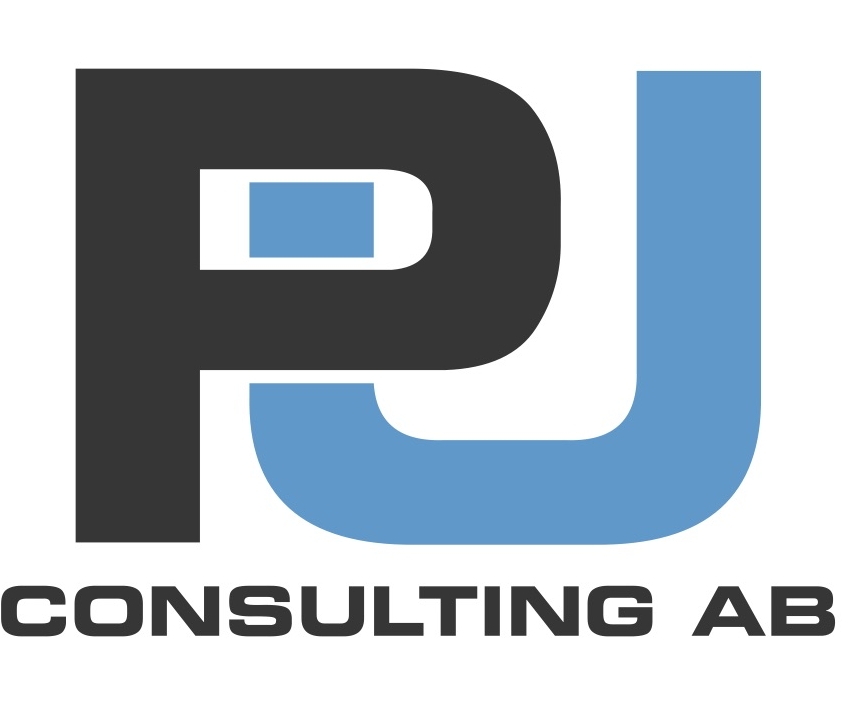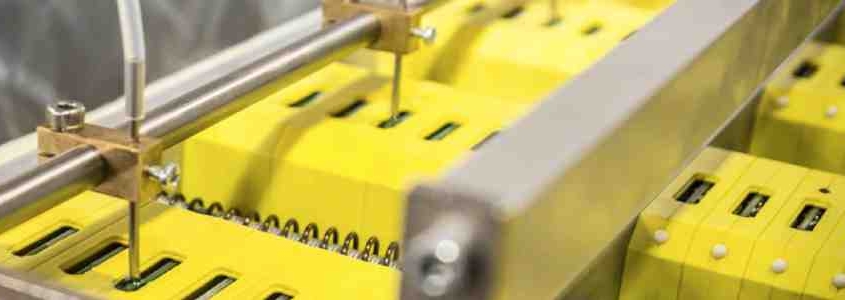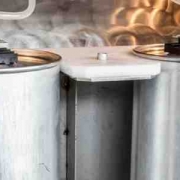Why automatic polymer-resin machine for covering and encapsulating electronic components?
Manual dispensing or automatic machine ?
The use of an automatic resin process for electrical and electronic components encapsulation, it is strongly recommended to prevent any risks that might arise from Manual dispensing, such as incorporating air bubbles inside the lining or creating different surfaces from each other in the component profile.
Particularly, in the insulation of electrical and electronic components that are used outside in hostile environments (sometimes even submerged in water), it is essential that the encapsulation process is done in the best possible way. In this regard, it is good to repeat it, manual resin dispensing cannot reach a high level of quality: the same component may be different in both technical and even aesthetic terms.
It is recommended to entrust the resin process to a specific equipment: the component will definitely be insulated perfectly, without the presence of bubbles or surfaces different from each other, which will guarantee its reliability, durability and quality.
The life of an electronic component depends absolutely on how it has been insulated, so precision in the process is crucial. Even if the component manufacturer works with small numbers or large productions, there are resin equipment of any size: you can even start with a base set, then add components to follow the increase in production.
Automatic resin dispensing equipment to encapsulate electronic components
A basic resin dispensing machine is made up of some essential elements:
In the case of two-component resins there are 2 tanks, with a capacity starting from 20It up to 600 It and relative pumps (up to 5 per tank). Tanks work using vacuum technologies: this guarantees a continuous resin degassing and therefore the best form of insulation, without bubble formation or any contact with other contaminants such as air and dust. Thanks to the vacuum there is a continuous tank reloading: this minimizes the waiting times, keeping the tanks always fed.
The Continuous Vacuum Technology also optimize the dosing procedure, while using multiple simultaneous pumps reduces maintenance times. While a pump is in maintenance, it is possible to proceed working using another pump connected to the tank.
The use of a modular concept, on the other hand, brings with it the advantage of being able to increase production at all times at a low expense.
- The Mixer, which can be static or static-dynamic
In the case of a static mixer, we generally face up with a disposable item and easy to use: at the end of daily production the operator can easily dispose of it and replace it with a new one. An alternative route for the static mixer is to wash it with only one component, the resin, a process that requires some extra expense.
The dynamic mixer, on the other hand, has automatic washing and is used to deliver a continuous flow of resin when coupled with a gear pump. It ensures perfect mixing even in the case of very complex mixing ratios, but sometimes it is not suitable for working in vacuum chambers.
- Management software
It can have very simple interfaces to use, with fast programming. It helps the operator in the maintenance of the machines, helping in identifying the points where intervention is needed and allowing of course a total automation of the process. Some software also provides remote assistance, to solve problems by a remote.
Mail PU Consulting AB for more information.
Type of News: Services
Keywords (Max. 5): Resin dispensing, electronic, Manual dispensing








